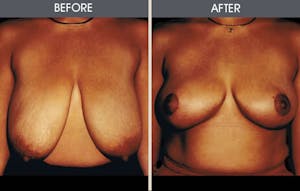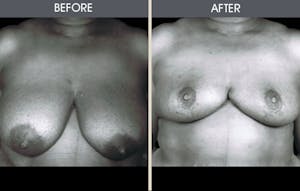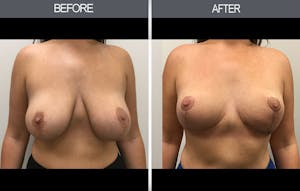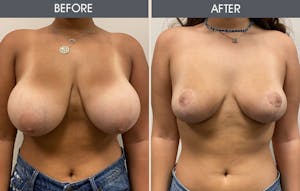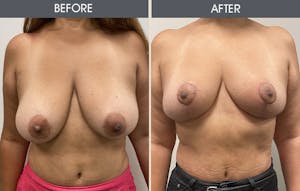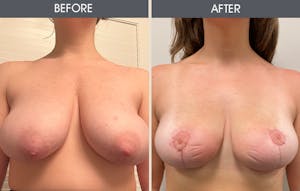How long before I can exercise?
Most patients can return to exercise after about one month.
When can I return to work?
Most patients can return to sedentary work and light activities within a week.
Is there a limit to how much fat can be removed?
Breast reduction can remove as much as seven or eight pounds from the breasts.
Are results permanent?
Results are typically permanent, although breast shape and size can still change over time with age or fluctuations in weight.
How painful is it?
Expect some pain and soreness for several days after your surgery.
Will the scar be noticeable?
Scars around the areolae are not typically noticeable. If the procedure requires further incisions, they are made below the nipple on the lower half of the breast so that they aren't noticeable above your clothing.


